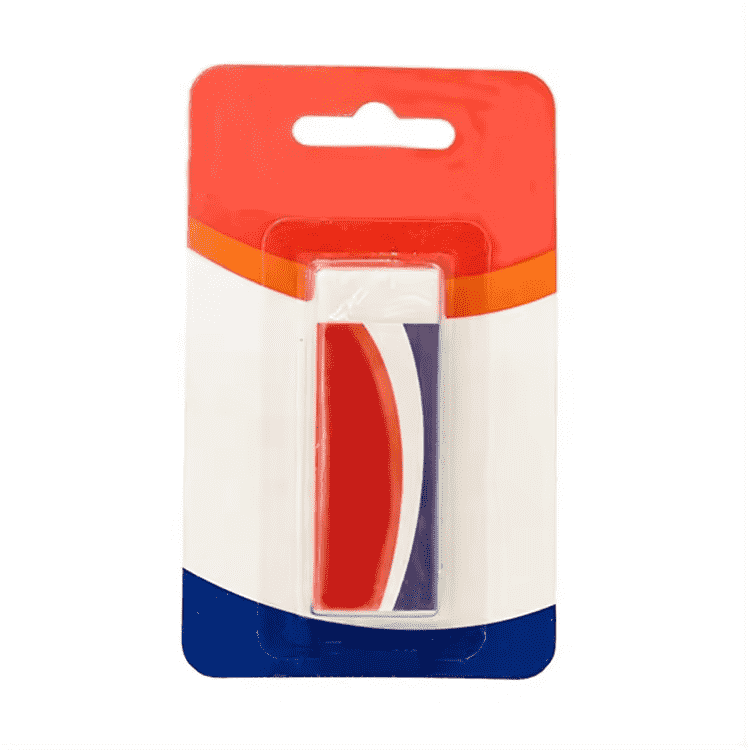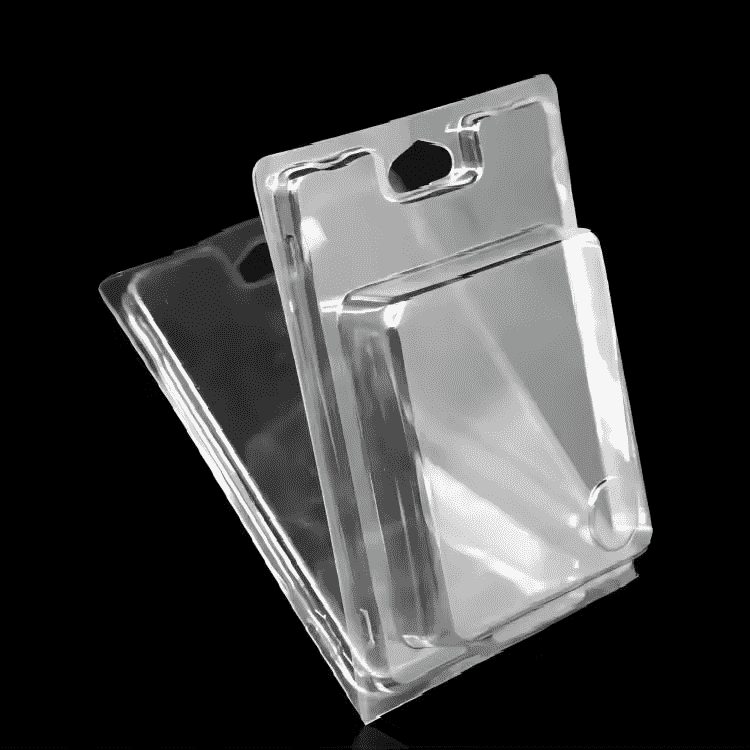Blister Packaging 101: Understanding Materials and Packaging Options
As a common packaging type in the pharmaceutical industry, blister packaging plays a key role in medicine packing. So it is a must for you to have a thorough understanding of blister packing. Then you can make informed decisions for your packaging needs, ensuring product safety and quality.
What is Blister Packaging?
Blister packaging refers to the packaging that consists of pre-formed cavities (the blisters) attached to a backing card or sheet. It is always used in packing pills, tablets, or capsules. Sometimes we also call it tablet blister packs.
Blister packs are mainly made from plastics. They can be shaped into blisters to hold products by different processing techniques. The number and size of blisters could be changed according to your production needs. The packaging also consists of a layer of plastic or foil to seal the blisters.
Here is a video to show you the working process of blister packaging.
Advantages of Blister Packaging
Blister packaging comes in many types and applications. It is used in various industries, including the medical field, electronics, sports and cosmetics industries. This is mainly because it provides a protective barrier for products. It ensures safety and moisture resistance. So products can be kept safe from damage, contamination, and tampering. Blister packs can also separate each pill, helping patients know exactly how many to take.
In addition, more blister packaging is now made from recyclable materials. This reduces its environmental impact and meets many consumers' demands for sustainability.
6 Main Blister Packaging Materials in Pharmaceutical Industry
Blister packs are made up of blisters, backing materials, sealing layers, printing, etc. Next, we'll talk about some important types of materials used in blister packing.
PVC
PVC is a common material used for making blisters. It has great barrier properties, keeping moisture out and protecting medicines from getting damp. It's easy to shape, so it can be molded into different shapes to fit your desired kinds and sizes of medicines. Plus, its cost is not very high.
But sometimes, PVC can interact with ingredients in medicines. It may affect their stability and effectiveness. To prevent this, another material, like PVDC, is often added to the surface of PVC to make a blister coating. This helps improve its chemical stability and barrier properties.
PET
PET is always used for making blisters and backing boards. It shows high clarity, so you can see clearly the details of tablets or capsules. It's strong and tough, protecting medicines well during transport and storage. Plus, PET can be recycled, which is good for the environment.
PET has some drawbacks. It doesn't handle some chemicals well and might react with them. So it's not good for all types of medicine packaging. In addition, it's more expensive than PVC.
COP
COP offers many advantages in medicine blister packaging. It is suitable for products that need high transparency and good barrier properties. This material can also be used in combination with other polymers like polyethylene. It’s high mechanical strength and good processing ability allow for deeper cavities to hold more medicine.
Moreover, COP has a high tolerance to many chemicals, reducing the risk of reacting with medicines. This is crucial for the effectiveness and safety of medicines, especially for those sensitive to the environment, like APIs.
However, COP processing is strict. It also needs special equipment and technologies. So its production costs are also higher.
PCTFE
PCTFE is another material for making blister cavities. It's known for the great barrier properties and chemical stability. It's mainly used to protect valuable medicines that are very sensitive to moisture and oxygen. This material also has good transparency and strength, adding extra protection for medicines.
However, PCTFE is expensive and needs complex processing, usually only used for special needs. Most blister packaging still uses cheaper materials like PVC and PVDC, which work just fine.
PS
PS is also widely used in medicine blister packaging. It's often used for the backing board, providing support and protection for the medicine. PS is easy to work with and can be used for various packaging shapes. Because it's also inexpensive, it's often used for large-scale production.
However, PS doesn't block moisture and oxygen as well as other materials. It's also not very heat-resistant.
Aluminum Foil
Aluminum foil is a common material for making backing boards. It has good barrier properties against moisture, oxygen, and light. Aluminum foil also provides a tamper-evident seal, ensuring the tablets stay intact and stable.
Often, anti-counterfeit marks and barcodes are printed on the foil. These help verify the authenticity of the medicine and prevent fake products from entering the market.
4 Common Types of Blister Packs
Thermoformed Blister Packs

Most plastic products on the market today come in thermoformed blister packs. It uses a thermoforming technique. During the process, a heated plastic sheet is stretched over a mold to form cavities for the products. Once the cavities are formed, the plastic is cooled to keep its shape. Then, the medicine is placed in the cavities, and the backing board is sealed to the blister with heat and pressure.
Thermoformed blister packaging can be easily customized to fit different shapes and sizes of products.
Cold Form Blister Packs

Different from thermoformed blister packs, cold-formed blister packaging doesn’t need heating during processing. It is through stamping aluminum sheets into molds, which shapes the aluminum into cavities. After filling the medicine, another layer of aluminum foil is usually used to seal it.
This type of packaging has strong barrier properties, making it great for protecting highly sensitive medicines. However, its cost is higher because of the complex machinery involved.
The first two types are classified by processing techniques. The following two are distinguished by their designs.
Face Seal Blister Packaging

For this type, the whole product is wrapped between a clear blister and a backing, like a sandwich. The card or backing is usually made of cardboard or plastic. And it can be customized with your branding and product information. This packaging is commonly used in the pharmaceutical, electronics, and consumer goods industries.
Clamshell Packaging

Clamshell packaging consists of two hinged parts. It can easily open and close like a clamshell. It's usually made from transparent thermoformed plastic, offering good strength and durability for physical protection.
This type of packaging is widely used for various consumer products, including electronics, toys, tools, cosmetics, and food.
The End
In conclusion, blister packaging stands as a crucial component in many industries, offering robust protection for various products. If you are seeking blister packaging machines for the medicine business, iPharmachine is a good help. We offer a series of blister packaging machines for pills, tablets, and capsules. If you have any questions, feel free to contact us.
Leave your comment
Also Offers


Containment Automatic Capsule Filling Machine SFK-703

Fully Automatic Dosator Capsule Filling Machine CZ-40

Our Team
As an expert in the pharmaceutical and pharmaceutical packaging industry, iPharMachine has provided solutions for hundreds of pharmaceutical and health product manufacturers for 17 years. By visiting customers, we get good reviews from our customers.
- info@ipharmachine.com
- English Español Deutsche







